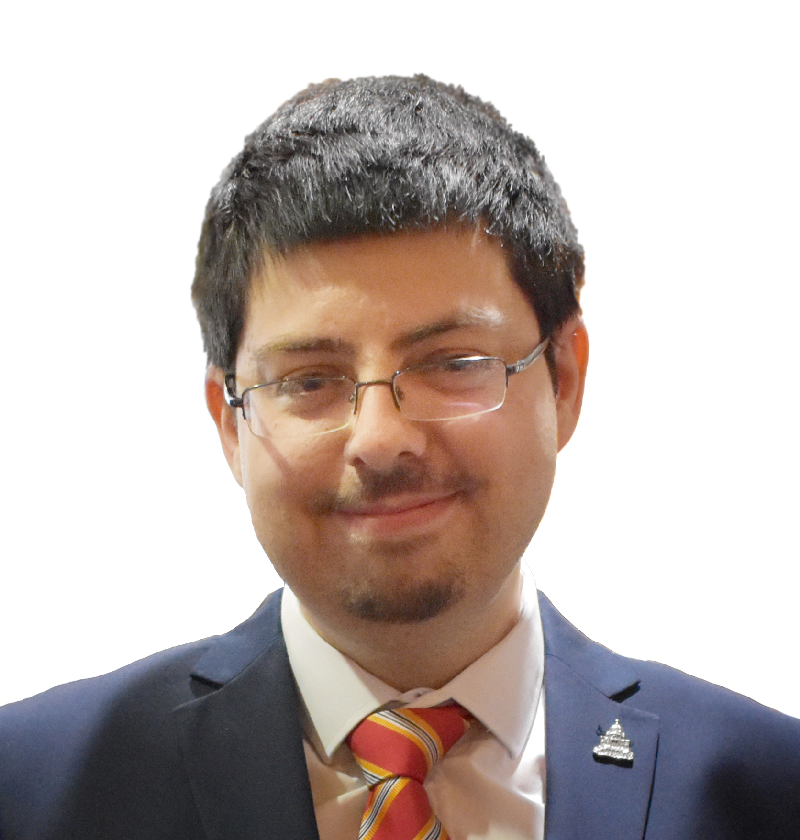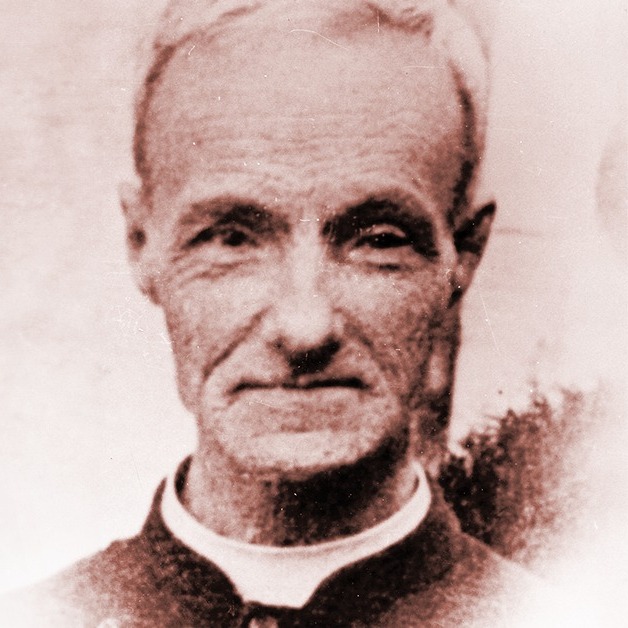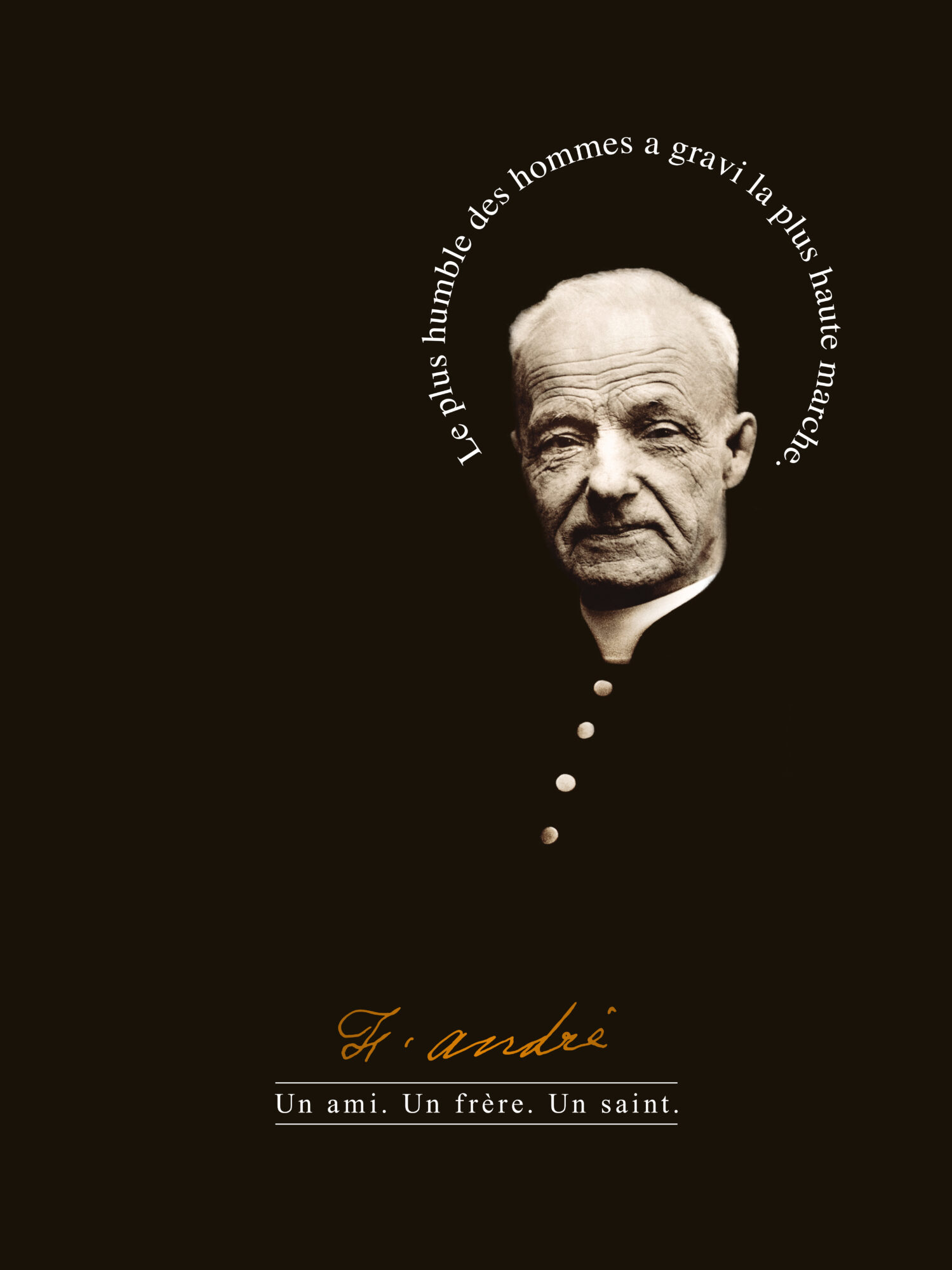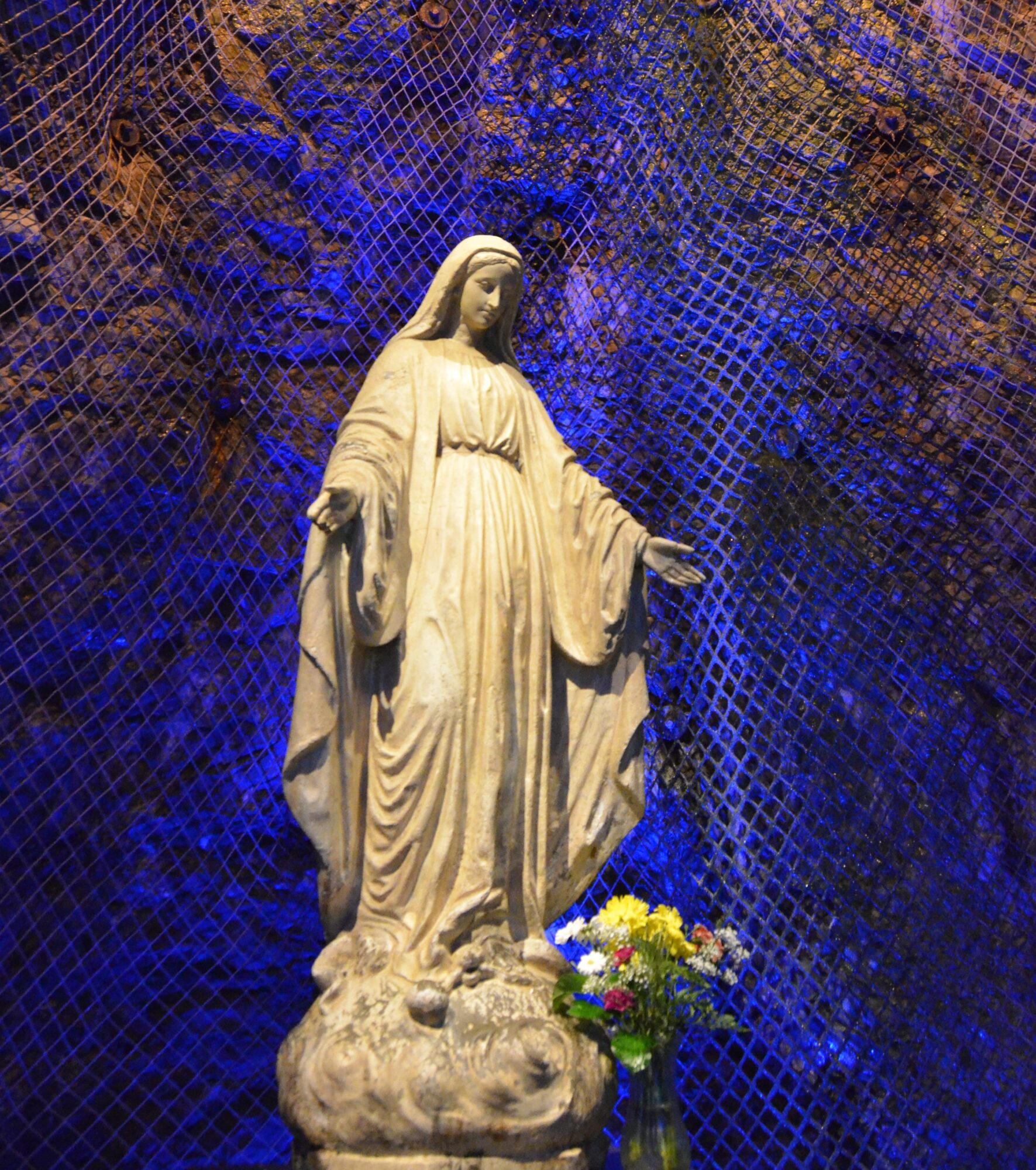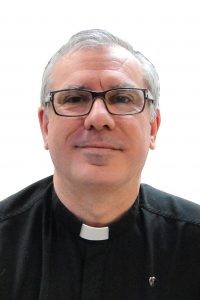Biographies on Brother André
The Roland-Gauthier Archives and Documentation Centre has 245 documents about Brother André. Of these, 119 are biographies, sometimes in 2 copies, written by about forty different authors (including translations). At first glance, such a diversity of biographies may come as a surprise, but it is best explained by understanding how a Cause works.Fig. 1 – Section of the library reserved for the biographies of Brother André and some of the books about him. The blue binder, bottom right, contains 27 books that are too small or thin to fit in the rows. Photo: Martin Brideau.Among the conditions that can help to have a Cause accepted by Rome and accelerate its outcome is a person’s notoriety. We pray to Saint Anthony of Padua when we have lost something, because we know him and know what he can do. A biography is therefore a very effective tool to make a person known. This is why the Oratory and the Office of the Cause have generously distributed this type of work on Brother André to various bishops and cardinals, and even to popes!
Fig. 2 – Letter of thanks from Pope Pius XI, signed by his secretary. CARDG C001/3400.
THE FIRST BIOGRAPHY
Like many individuals who become public figures during their lifetime, Brother André had biographies written about him many years before he passed away. It was in 1922 that Colonel George Henry Ham published a book entitled The Miracle Man of Montreal. In it, he recounts Brother André’s life and the beginnings of the Oratory, as well as details about miracles. Thus, the first biography of a French-speaking Catholic brother was written by an English-speaking Protestant.
THE DIFFERENT AUTHORS
Three years later, it was the turn of an American, William H. Gregory, to publish a biography with a similar structure. It was not until a few months after the death of Brother André that a third biography was published, Brother André As He Was, by T. Francis Cashen, CSC. However, it was the fourth biography, published in 1938, that became the best known and printed: Le frère André (Brother André, The Wonder Man of Mount Royal), by Father Henri-Paul Bergeron, CSC. This biography was reprinted, republished and updated regularly until 1996, in addition to having been translated into many languages. In French alone, there are more than 300,000 copies and 11 editions!
Fig. 3 – Brother André and Colonel Ham. CARDG, 3-5.
Fig. 4 – In order not to harm the Cause of Brother André, a warning appeared in Bergeron’s biography.
Many other biographers have taken an interest in Brother André. However, it is more difficult to know their success. In several cases, the desire to give the writings a more local color or to adopt a more modern tone is expressed. Some also wanted to produce an abridged version that would be easier to produce, transport and sell in less developed countries or to a less literate clientele. Among these authors was one of the vice-postulators of the Cause, Bernard Lafrenière, CSC, who, among other things, helped write a biography and a comic strip.
The biographical reference
The biography Le frère André (1845-1937) et l’Oratoire Saint-Joseph du Mont-Royal, published by Canon Étienne Catta in 1965, is considered to be the ultimate reference. It was specifically commissioned by the Oratory, which wanted it to be more complete than the other biographies. Its author thus benefited from exclusive access to the documents of the Cause, to various religious archives and was able to conduct interviews with 117 people who knew Brother André. The final result is a book of 1181 pages, including 14 pages listing the sources. Given its nature, it was printed in a more limited edition than others, making it a relatively rare book. The book was given to some dignitaries on special occasions. At the beatification of Brother André, Pope John Paul II received a copy with a personalized binding.
Fig. 5 – Copies of Canon Catta’s biography and sources.
The different types and formats
As you browse through Brother André’s biography section, you will notice their variety, from the big thick brick to the booklet that fits in the palm of your hand. But if Brother André’s life is presented in very serious works, it is also accessible to the youngest through comic strips and children’s albums.
Fig. 6 – Illustrated album by Françoise Deroy-Pineau and Robert Julien, distributed at the Oratory Gift Shop.
Biographies in different languages
As in the case of the pious images, the biographies were first published in French and English, but translations into various languages soon appeared during the 1940s. These translations were either commissioned by the Office of the Cause or proposed by authors. In addition to translations, some authors also presented original works in their own language.
Fig. 7 – Biographies in various languages. Top row: Portuguese; Polish; Croatian; Creole; Vietnamese; Kinyarwanda (official language of Rwanda and also spoken in neighboring countries); Korean. Bottom row: Bengali (language of Bangladesh); German; Flemish; Armenian; Japanese; Malayalam (language spoken in South India); Ukrainian.
Sources : – Correspondence from the Office of the Cause concerning biographies. – Robillard, Denise, 2005, Les merveilles de l’Oratoire, pp. 277-279. – L’Oratoire, September 1982, p. 7.
